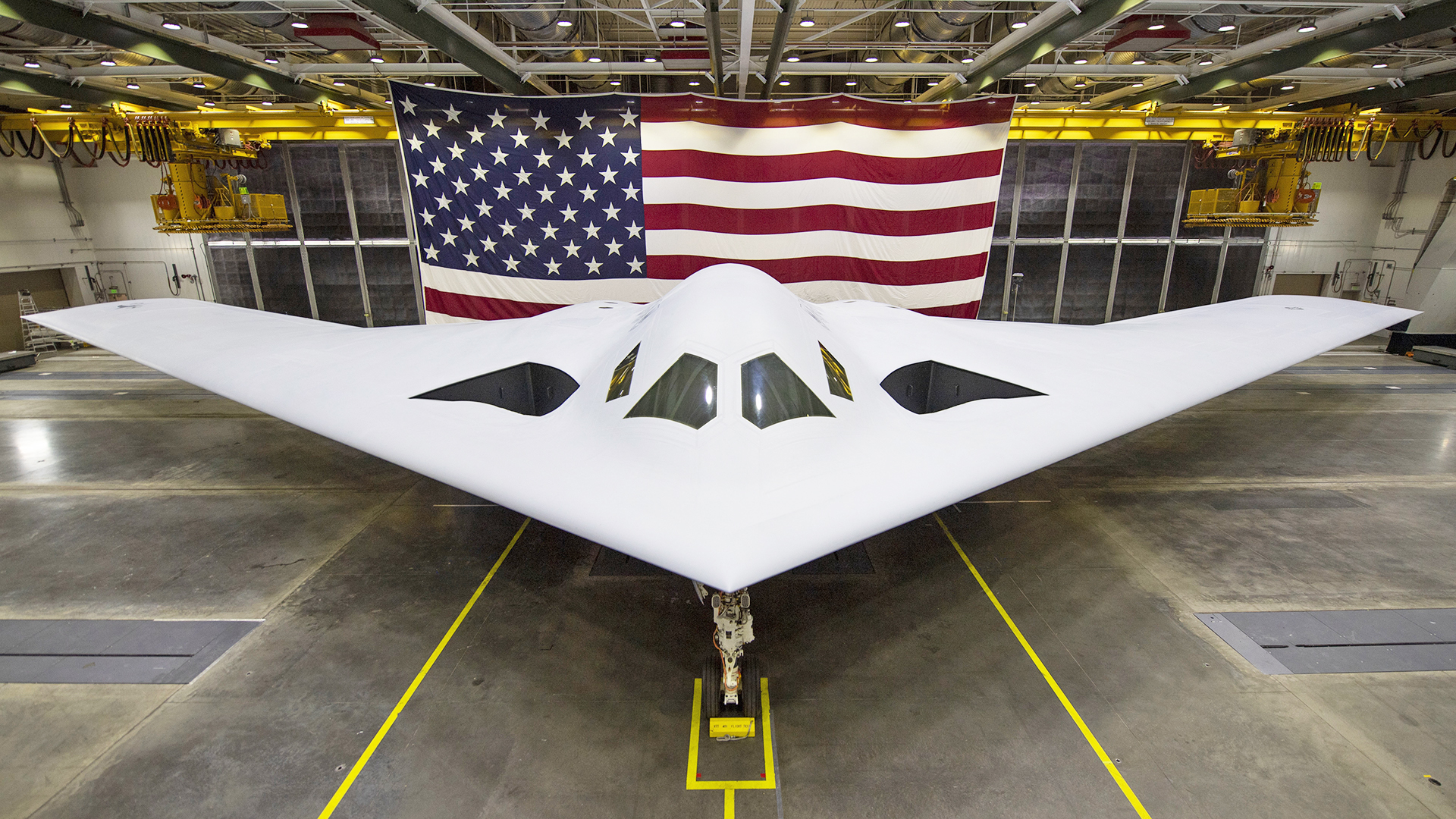Australia considered the B-21 Raider next-generation stealth bomber as a potential addition to its inventory, as it seeks ways to better counter China’s growing military might in the Asia Pacific region. The potential for the B-21 to serve Australia had previously been explored by defense analysts and, last summer, Australia’s Minister for Defense Richard Marles also hinted that a B-21 buy was “being examined.” But this is the first time that the stealth bomber has been discussed in Australia’s most important defense policy document.
In the end, the Australian government determined, unsurprisingly, against a plan to try and buy B-21s, instead choosing to invest further in long-range strike capabilities for its growing fleet of F-35A stealth jets, as well as its F/A-18F Super Hornet fighters. It remains unclear, if not outright unlikely, that the RAAF was ever directly offered to buy the B-21 at all, at least at this time.
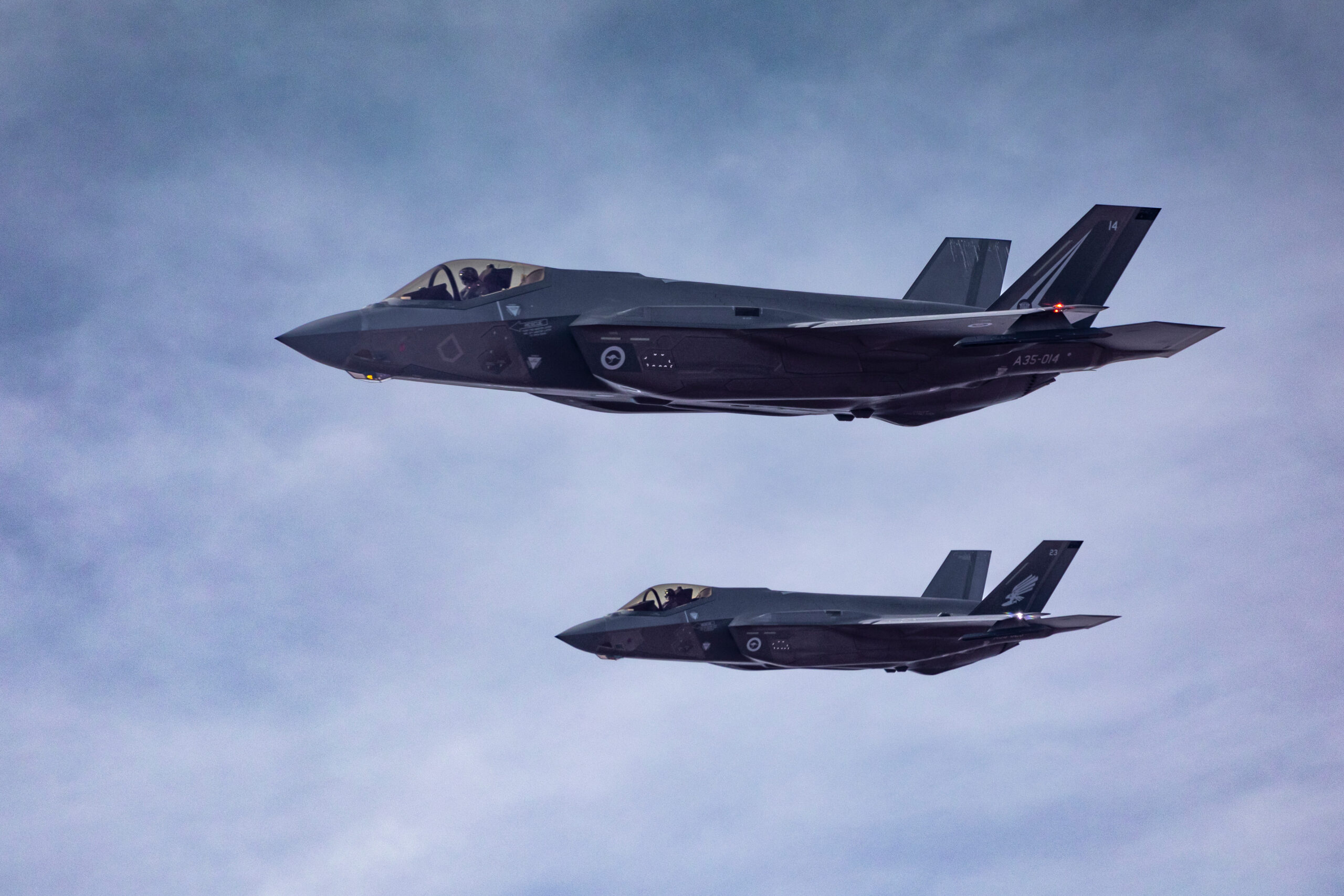
The Australian government’s Defense Strategic Review, published today, includes a reference to this decision, as part of a wide-ranging analysis of the country’s future defense priorities. In total, almost $13 billion is being allocated to the country’s defense budget based on recommendations included in the review.
“The Review has undertaken detailed discussions in Australia and the United States in relation to the B-21 Raider as a potential capability option for Australia,” said the report.
“In light of our strategic circumstances and the approach to Defense strategy and capability development outlined in this Review, we do not consider the B-21 to be a suitable option for consideration for acquisition.”
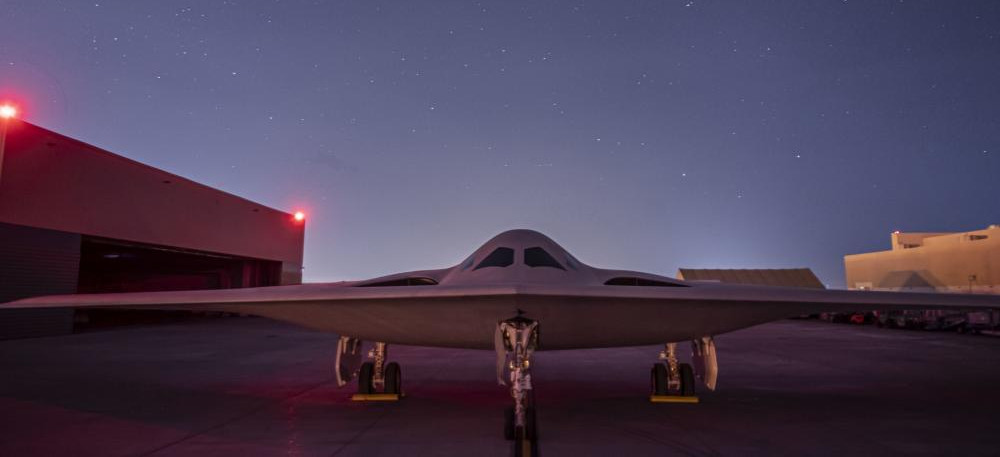
At first glance, the B-21 – with its long range and its likely unparalleled stealth capabilities (at least in a manned bomber design) – seems like it would be able to play a major role in readdressing the military balance in the Asia Pacific region, where China is increasingly flexing its muscles.
Clearly, the Raider offers a different level of airpower than the Royal Australian Air Force (RAAF) can currently call upon, in terms of how far it can fly, the number of weapons (and potentially sensors) it can carry, and its overall survivability.
With that in mind, it’s tempting to look at an Australian-operated B-21 fleet as a powerful deterrent to Beijing’s military expansions, especially bearing in mind the degree to which it would allow the RAAF to project considerable firepower far from Australian territory during a time of war.
But as we have explored in the past, the idea has little basis in reality.
First off, the very cutting-edge capabilities that make the B-21 such a unique proposition are also behind what will be an extremely stringent set of export controls, putting it out of the reach of even the closest U.S. allies, like Australia.
The B-21 not only packs in a unique blend of advanced and highly secretive technologies, but it’s also going to be a linchpin of the bomber branch of America’s strategic nuclear deterrent. Access to this is not something that’s shared, for obvious reasons.
At the same time, were it ever to approve the B-21 for sale to Australia, the U.S. government would also have to consider the strategic impact of putting the stealth bomber in the hands of another nation in an incredibly significant part of the world, in geopolitical terms. It’s hard to imagine that there would not be some kind of countermove made by China, too.
A parallel can be seen in the export policy surrounding the F-22 Raptor stealth fighter, an aircraft that was also linked to possible Australian interest. Highly sensitive technology in the F-22 prevented its sale to Australia or anywhere else, and the B-21 will incorporate features that are, by an order of magnitude, even more secretive.
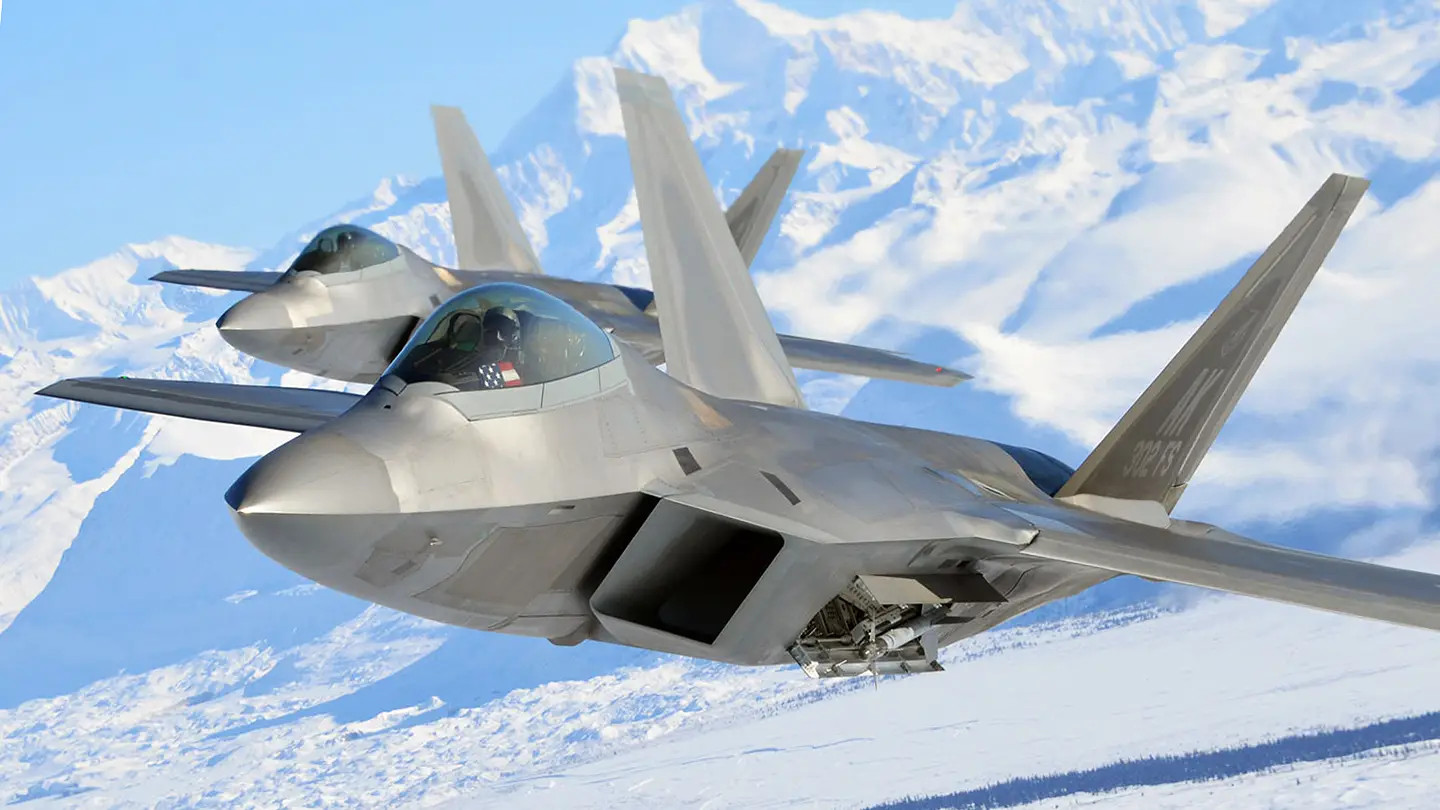
While it’s true that an export order for the B-21, if it were possible to approve such a thing, would bring down the costs of a vastly expensive program, the benefits in terms of cost reduction and sustainment scale would simply not be anywhere near matched by the risk of potentially losing or compromising one of the bombers, or the many secrets it contains.
The cost factor brings us to another insurmountable barrier to Australia buying B-21s. Namely, the cost of a single Raider will be around $700 million, based on recent planning. Remember, this is just the cost of obtaining one of the planes, to say nothing of investments needed in infrastructure, weapons, training, maintenance, spares, and everything else.
Even if Canberra could find space in its defense budget (which is admittedly increasing) for B-21s, the resulting fleet would be so tiny as to make it impossible to get a decent return on the investment, in terms of fielding an effective force. The U.S. Air Force’s B-2 Spirit stealth bomber, at least a generation less sophisticated than the B-21, costs around $130,000 per flight hour, as of 2020. Then factor in the costs of highly bespoke training and unique sustainment requirements. The B-21 was designed to fly more reliably for less money, but it still won’t be a cheap aircraft to operate.
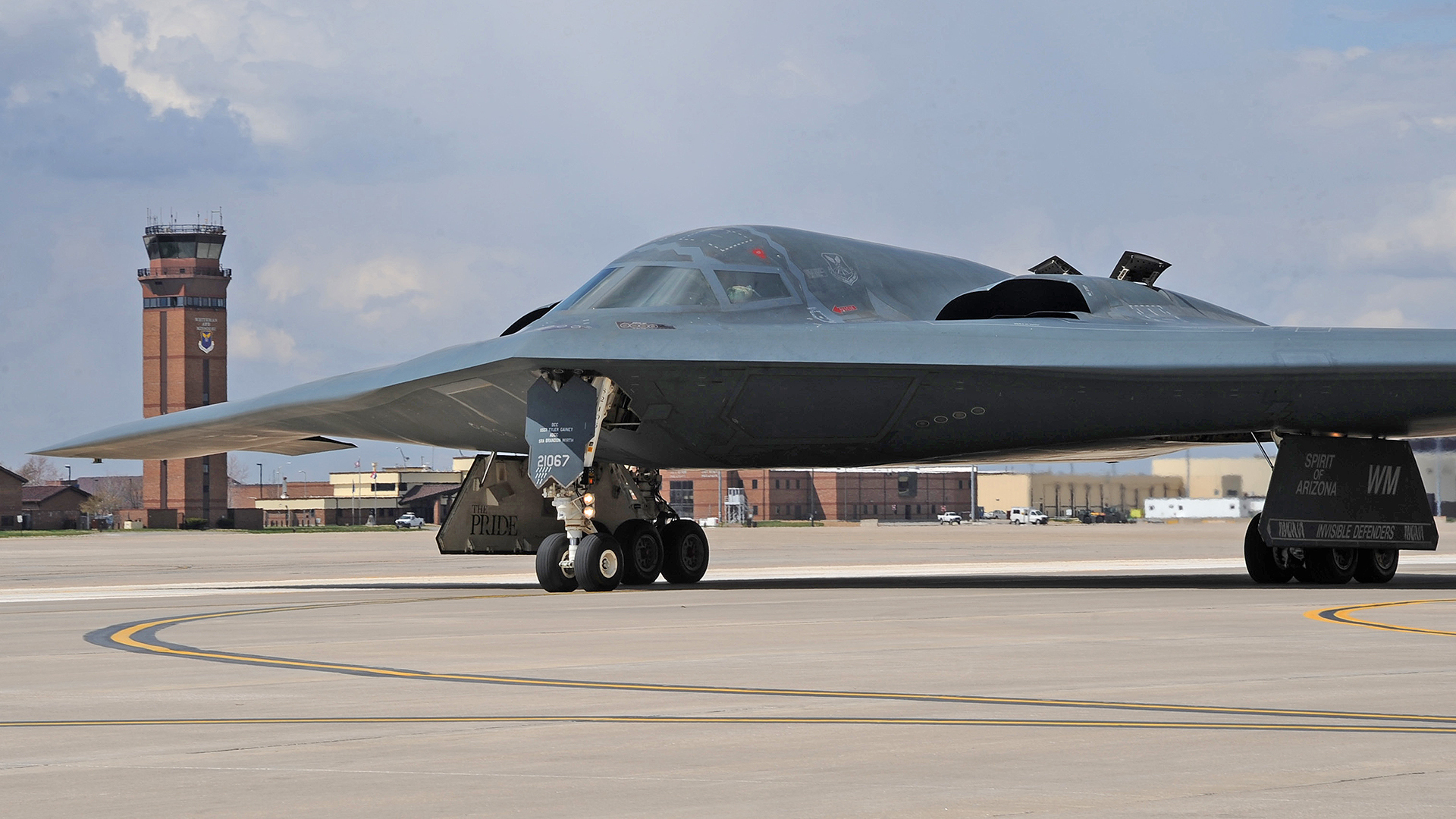
Australia is not exactly spendthrift when it comes to defense.
For the 2022-23 financial year, Canberra allocated around $33.7 billion to defense, compared with approximately $31.5 billion in the 2021-22 period. While those numbers are significant, the U.S. Air Force alone had a budget request of $169.5 billion for Fiscal Year 2023.
Not only is the cost of the B-21 beyond the reach of Australia, but the high end and broad spectrum of capabilities it offers are beyond what the RAAF needs. The B-21 has been developed as a high-flying multi-role platform, and is arguably not really a bomber in the traditional sense. An optionally crewed B-21 has long been part of the planning for the bomber, adding another level of complexity that the RAAF can almost certainly do without.
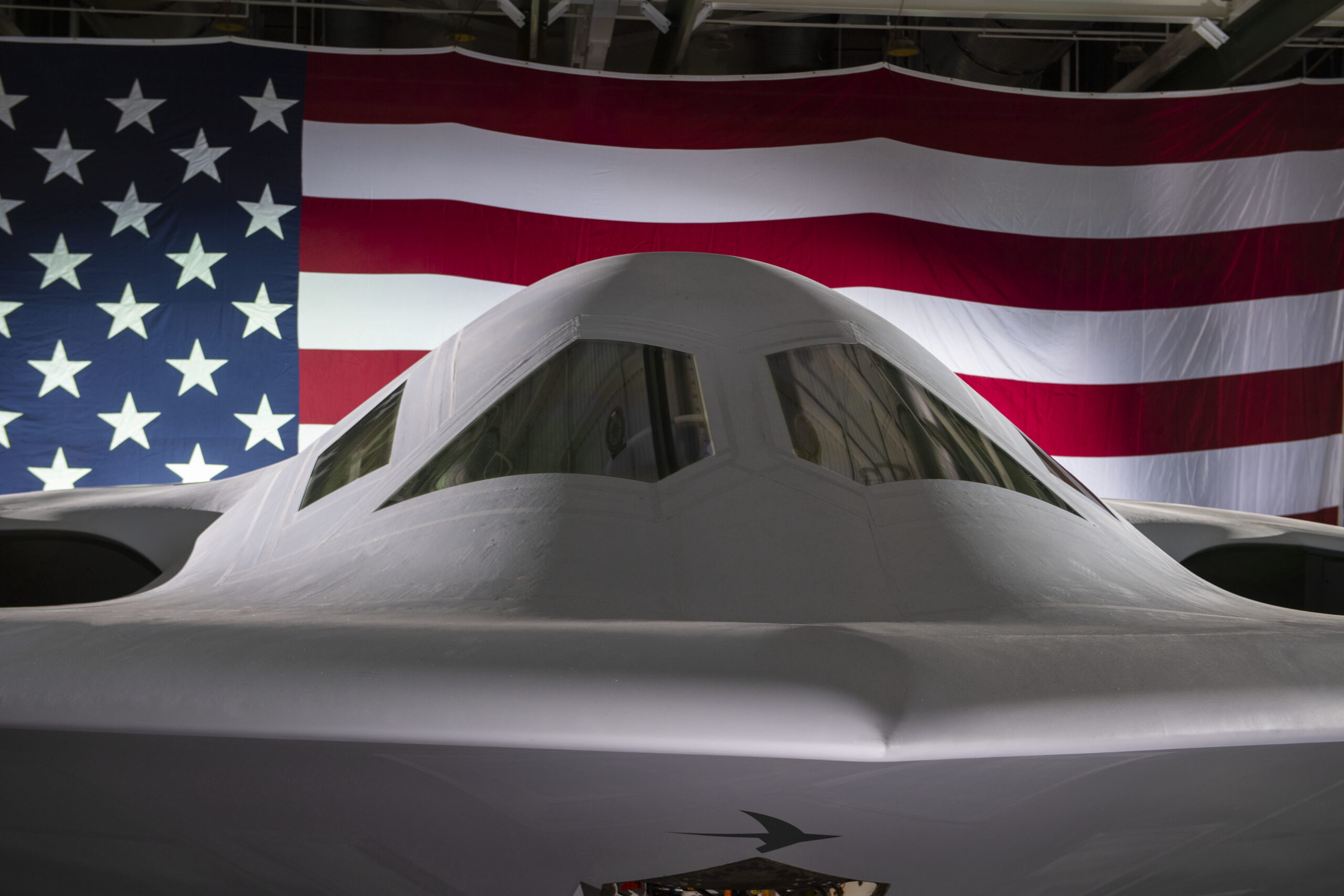
While we don’t know for sure what lines of thinking led the Australian government to rule out the B-21 as a potential future part of the RAAF, it’s almost certain that all these factors were very much in mind. And since talk of an Australian B-21 buy first emerged, Canberra has only added more extremely expensive defense procurement programs, with the ambitious plan to introduce an all-new nuclear-powered submarine capability. That program alone is likely to cost up to $245 billion over the next three decades. Grappling with a potential B-21 purchase makes even less sense, with that in mind.
Back in 2019, when the idea of Australia buying B-21s began to be circulated among certain thinktanks, The War Zone argued that it made much more sense to, among others, field more long-range missiles. These would give a broadly similar capability to what proponents of the B-21 saw that bomber doing for the RAAF, but at a much more acceptable price point.
And so, instead of chasing B-21s, Canberra has decided to invest in the Kongsberg/Raytheon Joint Strike Missile (JSM) as well as Lockheed Martin’s AGM-158C Long Range Anti-Ship Missile (LRASM). Joining the AGM-158B Joint Air-to-Surface Standoff Missile-Extended Range (JASSM-ER) already in use, this trio of stealthy weapons will add significantly to the combat potential of the RAAF, with a much reduced cost.
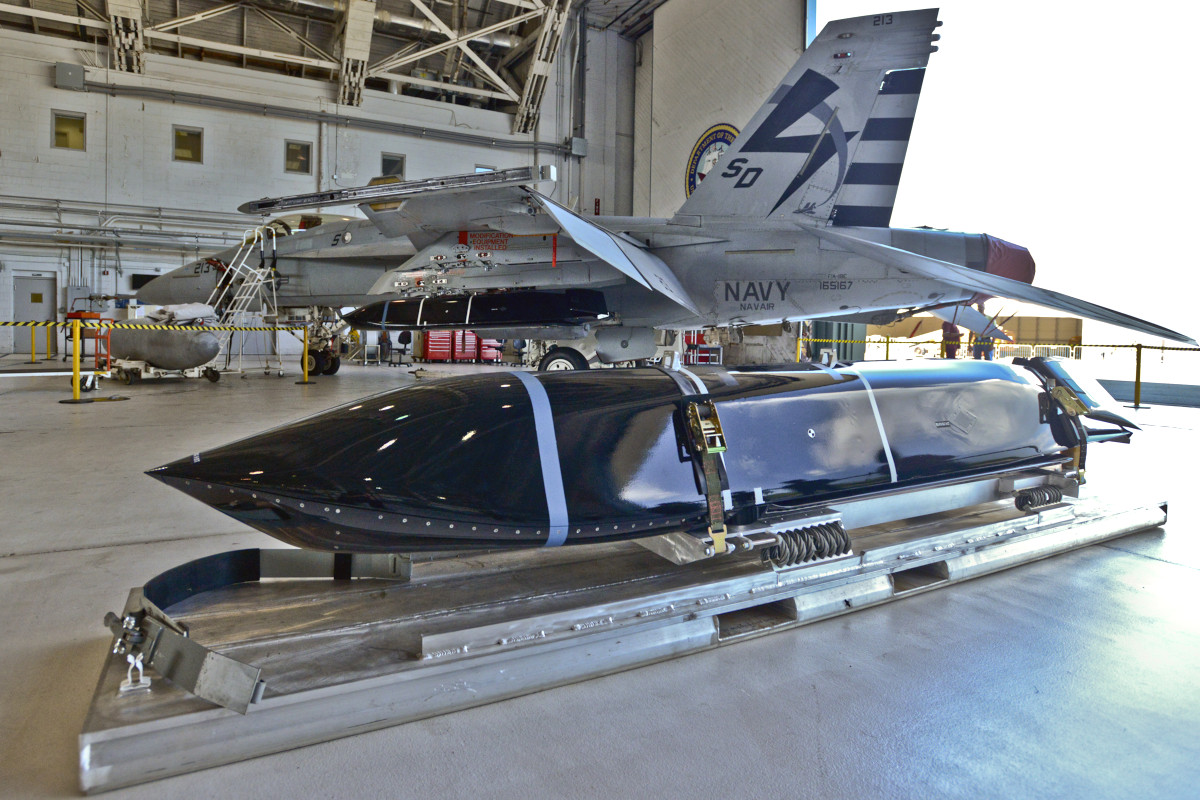
The JSM can be launched from the F-35A’s internal weapons bays, preserving its low-observable qualities, while the LRASM can be launched from external hardpoints on the F-35A and F/A-18F. It could also find its way onto RAAF P-8A Poseidon maritime patrol aircraft, in the future. Indeed, the idea of a multi-role ‘bomber version’ of the P-8 is something we have discussed at length before and could make a lot of sense to Australia.
Looking further ahead, Australia is involved with the United States in an effort to develop an air-breathing, long-range missile that could ultimately be carried by a range of RAAF aircraft. A high-speed long-range weapon would provide a further leap forward in capability and the developmental Southern Cross Integrated Flight Research Experiment, or SCIFiRE, program is something you can read more about here.
This is not to say that Australia will remain shut out of the entire B-21 enterprise forever. In the past, U.S. Air Force Secretary Frank Kendall has suggested that the United States would be “willing to talk” about some kind of a deal with Australia involving the B-21.
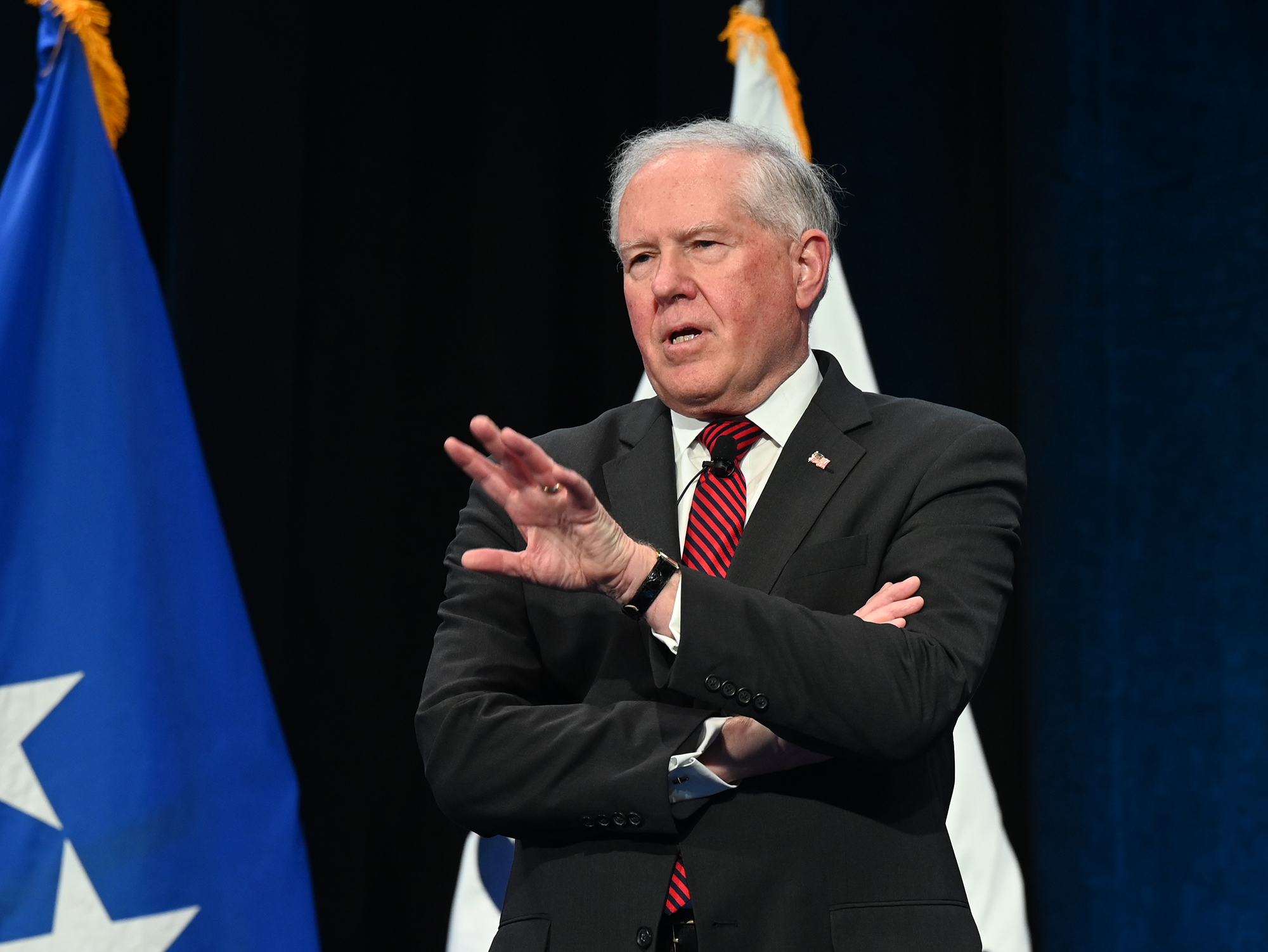
If an outright buy is off the table, there are other possible options, too.
As we discussed in the past, the RAAF could provide exchange pilots to the B-21 program, while at the same time establishing a rotational deployment of the new stealth bombers to Australia, following in from what the U.S. Air Force is already doing with the B-1B and B-52H bombers. This is an idea that already has gained traction in some parts of the U.S. Congress, as an extension of the AUKUS (Australia, United Kingdom, United States) trilateral security pact band one that could potentially also further U.S. strategic interests in the Asia Pacific region. There is an argument that AUKUS, and the sharing of sensitive nuclear technologies that it involves, could have made a possible Australian B-21 buy a more realistic proposition, but the major cost and capability barriers remain, regardless.
Nevertheless, having B-21s stationed in Australia, even if not permanently, would provide many of the benefits of buying, but without the costs involved and with the option to discontinue the arrangement at any point in the future, should that be decided.
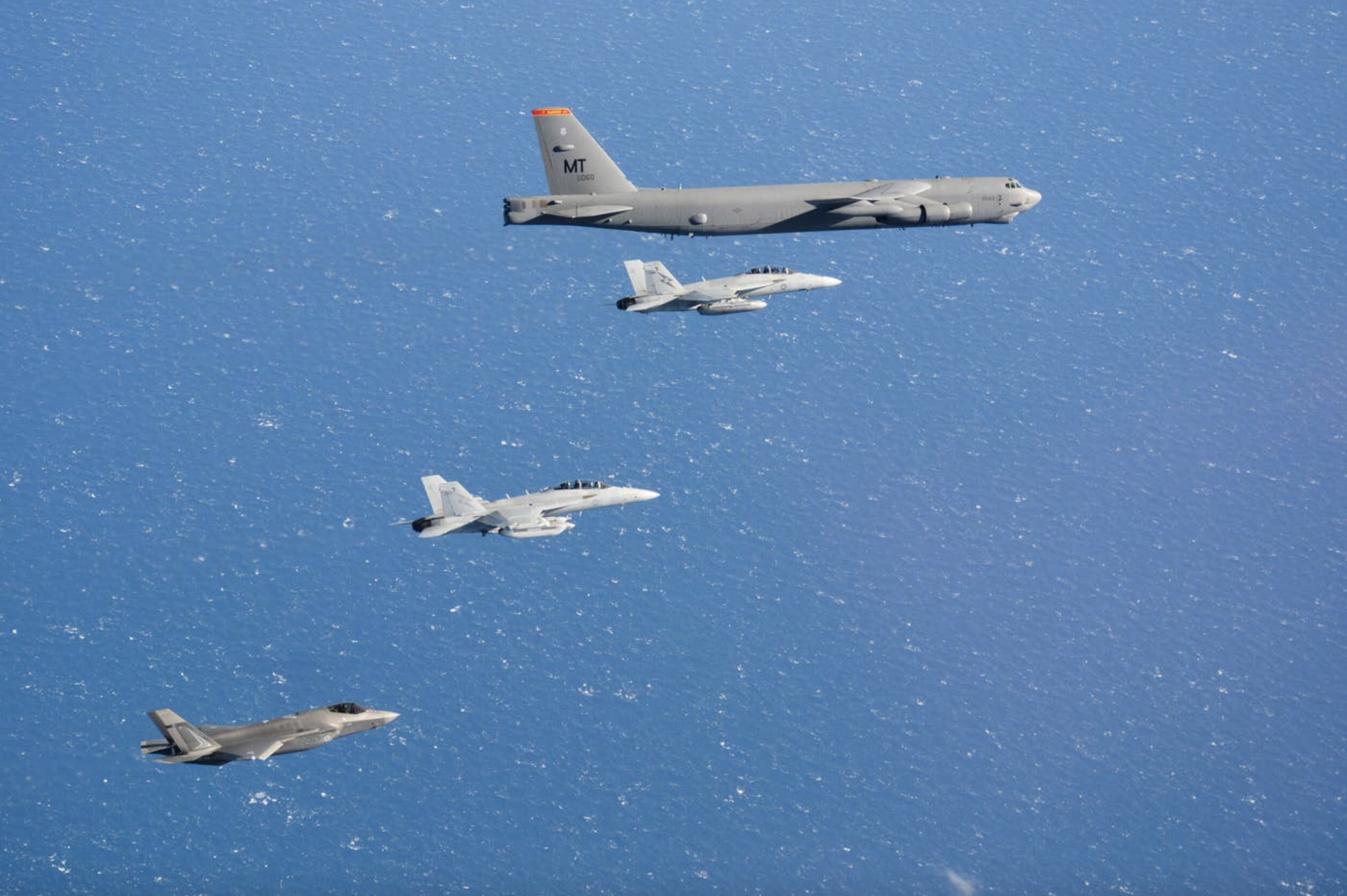
All in all, while the headline-grabbing nature of the B-21 discussion is likely to dominate much of the initial analysis from the latest Defense Strategic Review, the decision to prioritize long-range missiles over out-of-reach stealth bombers is just one aspect.
The policy document marks some major shifts, propelled by the need to counter China’s influence in the Asia Pacific region and the growing understanding that Australia’s geographical advantage as an island is being steadily eroded by advances in military technology.
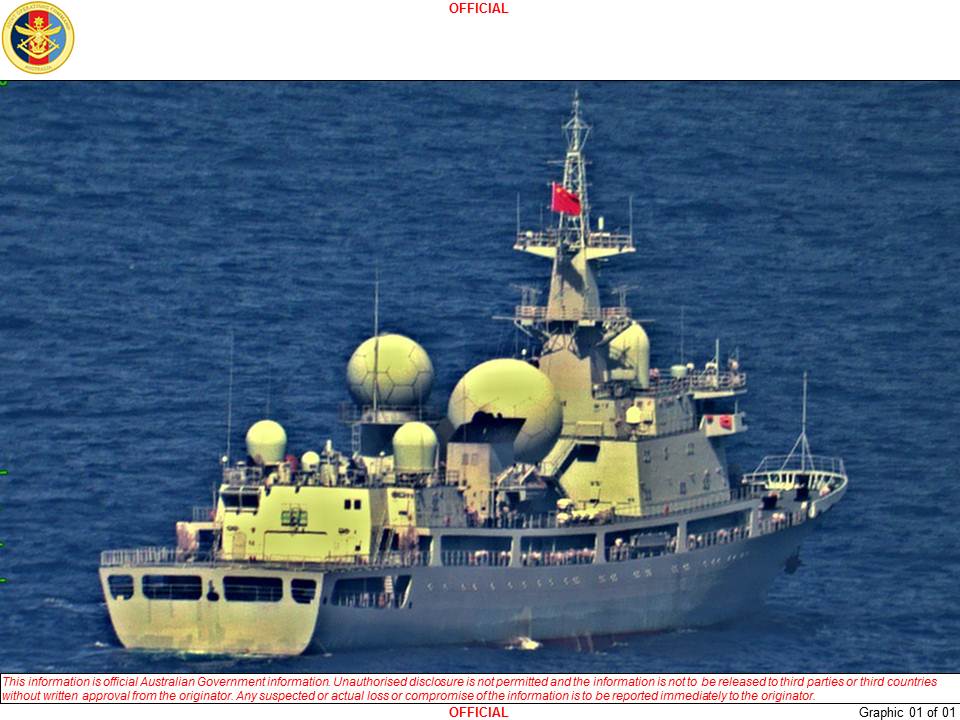
“In the contemporary strategic era, we cannot rely on geography or warning time … more countries are able to project combat power across greater ranges in all five domains: maritime, land, air, space and cyber,” the document says.
Therefore, it’s no surprise that Australia’s prioritizing weapons like the JSM and LRASM, boosting its ability to counter modern and emerging threats at standoff ranges. The nuclear submarine program is also fundamental to this new kind of thinking.
At the same time, the Defense Strategic Review highlights other areas for investment, including maritime surveillance drones to operate both on the surface and underwater, enhanced integrated targeting capabilities, an increased focus on amphibious warfare and expeditionary air operations, as well as an enhanced integrated air and missile defense system.
Aside from air-launched standoff weapons, Australia will also expand its abilities to attack targets at longer ranges from land, with plans to buy the U.S.-made M142 High Mobility Artillery Rocket Systems, or HIMARS, as well as to co-develop and procure the Precision Strike Missile, or PrSM.
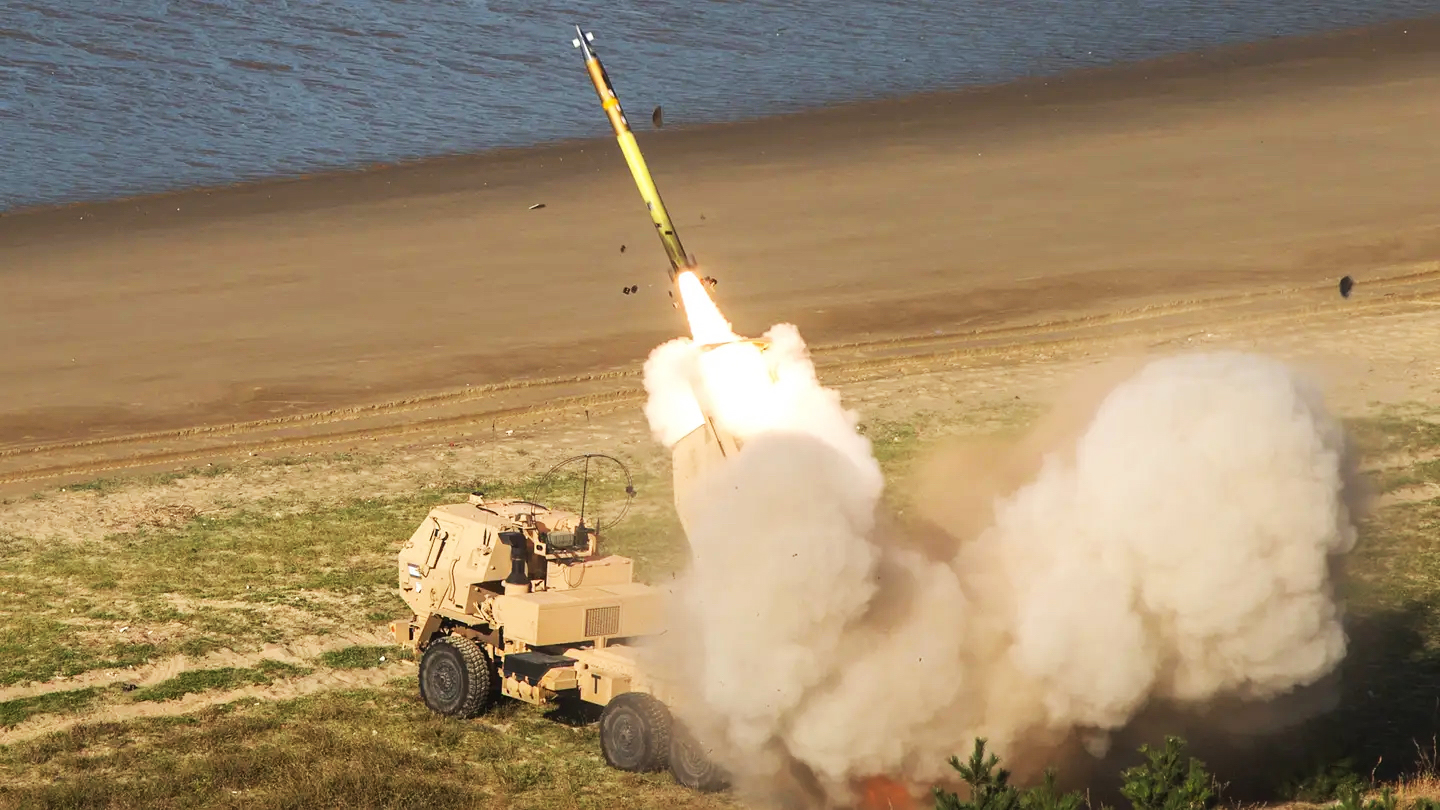
In the naval domain, meanwhile, the U.S. State Department only last month approved a potential $895-million deal to sell up to 200 Tomahawk Block V and up to 20 Tomahawk Block IV cruise missiles to Australia, to arm the Hobart class destroyers. Tomahawk missiles will also be used to arm the forthcoming nuclear-powered submarine being developed for the Royal Australian Navy under AUKUS, giving the country another survivable standoff strike platform that can operate far forward in contested areas.
As far as the RAAF is concerned, significant investments are already being made, including the MQ-28 Ghost Bat combat drone, which Boeing developed in Australia for the Airpower Teaming System (ATS) ‘loyal wingman’ drone program. This is just one part of a drive toward what has been dubbed a ‘fifth-generation Air Force,’ in which other major programs include investments in electronic warfare and intelligence, surveillance, and reconnaissance (ISR) capabilities.

Meanwhile, among the losers in the review is the Australian Army’s Land 400 Phase 3 program to acquire a new tracked infantry fighting vehicle, worth around $17 billion. Here, the total number of vehicles to be acquired will be reduced from 450 vehicles to just 129.
Fundamentally, the new Defense Strategic Review aims to rebalance the Australian Defense Forces to extend their reach and the RAAF is no exception. And while the B-21 would certainly help meet this ambition, it’s a ‘silver bullet’ solution that never stood a serious chance of being acquired by Australia. After all, by focusing on standoff weapons as part of a broader switch to defeating threats at longer ranges, the RAAF will still be able to achieve a lot, while spending much, much less.
Contact the author: thomas@thedrive.com
